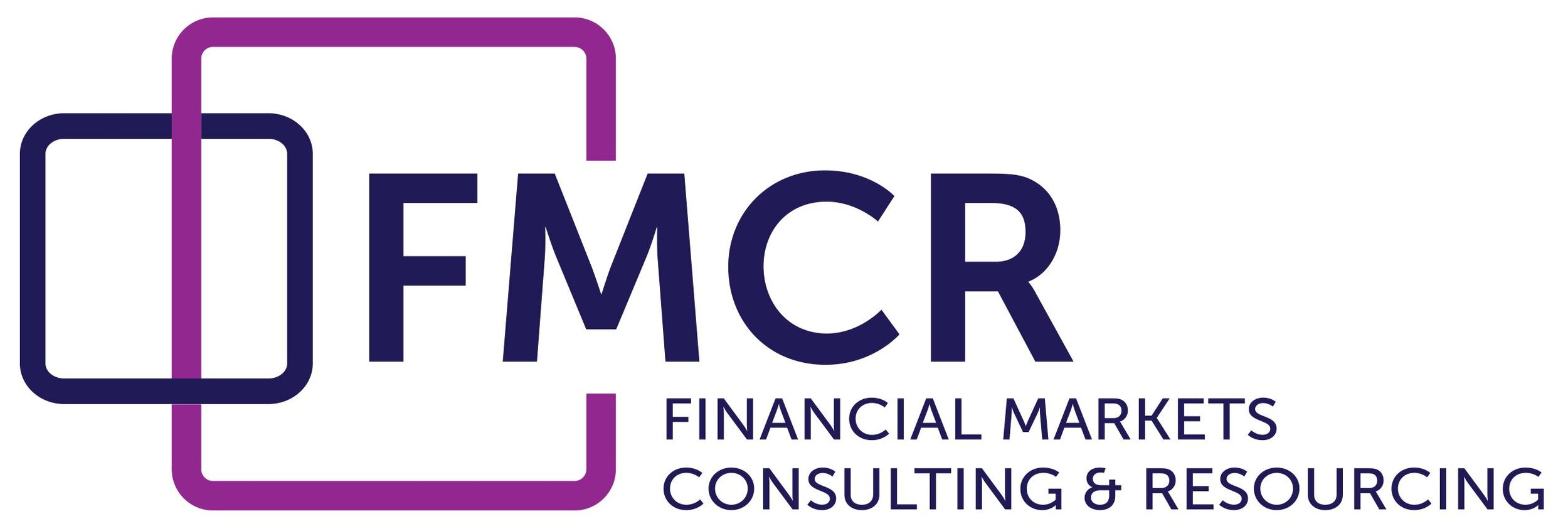ISDA Publishes its IBOR Replacement Fallbacks
ISDA has recently published its proposed IBOR transition to adjusted fallback risk-free rates (RFR’s) for the derivatives markets in the form of a new Supplement and a Protocol.
The IBOR fallbacks of eight major currencies – GBP, CHF, USD, EUR, JPY, AUD, CAD and HKD – are being replaced by adjusted fallback RFR’s, together with Singapore’s Swap Offer Rate (SOR) and the Thai Baht Interest Fixing (THBFIX) both of which use the USD LIBOR as an input. It is planned that ABS and the Bank of Thailand will publish the replacement fallback rates for these last two benchmarks.
The RFR will be adjusted by a compounded setting in arrears rate over a period (generally equivalent to the relevant IBOR tenor – e.g. if the current fallback is for 3 month USD LIBOR, its replacement will be compounded 3 month SOFR), compounded daily. To ensure the fallback rate is available in time to make payment on a contract, there will be a two business day backward shift applied to the compounding calculation so that the fallback rate is available two days before the payment is due.
After compounding the RFR, the fallback rate will include a fixed spread adjustment based on the median of the historical differences between the relevant IBOR and the relevant RFR compounded over each corresponding period for 5 years.
Bloomberg will calculate and publish each of the components of the fallback rate as well as the ‘all-in’ fallback rate for all IBOR’s with the exception of SOR and THBFIX. Unlike IBOR rates, the fallback rates will be observed at the end of the period, rather than at the beginning as is currently the case, with each fallback rate tied to the original IBOR rate reference date.
The IBOR Fallback Supplement
The Supplement comes into effect on January 25th 2021 and from that date all new cleared and non-cleared derivatives trades that reference the ISDA 2006 Definitions will automatically incorporate the new fall backs. For existing cleared contracts the fallbacks will apply automatically because the clearing houses intend to incorporate the fallbacks into their rule books.
The Supplement amends and restates a number of rate options, currently listed in section 7.1 of the 2006 ISDA definitions, to provide for the new fallback rates in the event of a discontinuation of the relevant IBOR or if IBOR becomes non-representative. The Supplement also provides specific fallbacks for Calculation Periods to which linear interpolation applies.
The ISDA 2013 Discontinued Rates Maturities Protocol has also been amended to allow for the new rates and builds in a pre-cessation trigger for LIBOR.
Two new terms are critical to understanding when the fallbacks will apply. Firstly, the ‘Index Cessation Event’; the date on which a relevant authority releases a public statement that an IBOR will be permanently discontinued or IBOR will no longer be representative. The spread adjustment that will apply to the fallback rate will be fixed by Bloomberg on that date.
Secondly, the ‘Index Cessation Effective Date’; the date after the public announcement from which the fallbacks apply, which may or may not be the same date as the Index Cessation Event. Fallback rates will apply from this date.
The IBOR Fallback Protocol.
The Protocol will be applied to legacy, non-cleared contracts and will allow market participants to include the fallbacks into existing trades with other parties, where both choose to adhere.
The Protocol is open for adherence for ISDA members and non-ISDA members alike, regardless of where they are domiciled. It enables parties to introduce the new fallbacks included in the Supplement in existing ISDA Master Agreements and ISDA Credit Support Documents and Confirmations, provided they are Protocol Covered Documents. The definition of what is a Protocol Covered Document is complex and is set out in the Protocol.
The Protocol also applies to certain non-ISDA master agreements and non-ISDA credit support documents (listed in an annexe to the Protocol) between adhering parties, provided they satisfy the criteria in the definition of Protocol Covered Documents.
Market participants will have to enter into a process of adherence, either as principal or agent, that is acceptable to ISDA and this process is, again, set out in the Protocol. Help is at hand as ISDA has published an extensive list of FAQs to support the IBOR Fallbacks Protocol which is available on its website www.isda.org
It is also possible for market participants to make regulatory elections and declarations, as well as to permission this information to trading counterparties, online. To help dealers and their clients to comply with disclosure rules ISDA, in conjunction with IHS Markit, have further developed their sophisticated tool, ISDA Amend, to exchange regulatory information and documentation across multiple jurisdictions. It simplifies the information gathering process through standardised, online representation letters and questionnaires, based on the Protocol and enables users to submit, share and update counterparty agreements quickly and efficiently.
Time is now of the essence as there are only 14 months left to transition. Firms should be making preparations now to ensure that the transition runs smoothly, both for themselves and their clients. Firms’ treatment of clients for the IBOR transition will come under particular scrutiny by the FCA in terms of conduct risk, so firms need to be well prepared.
FMCR has extensive experience in the derivatives space and can offer assistance with transition and independent oversight of the conduct risks. For further information please click here.
